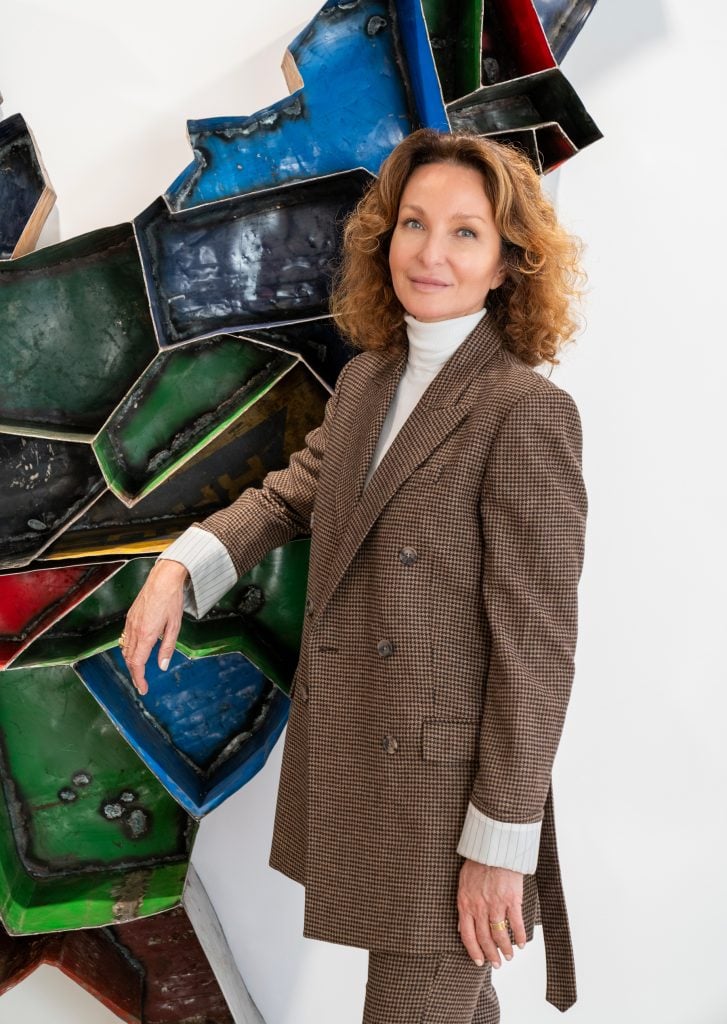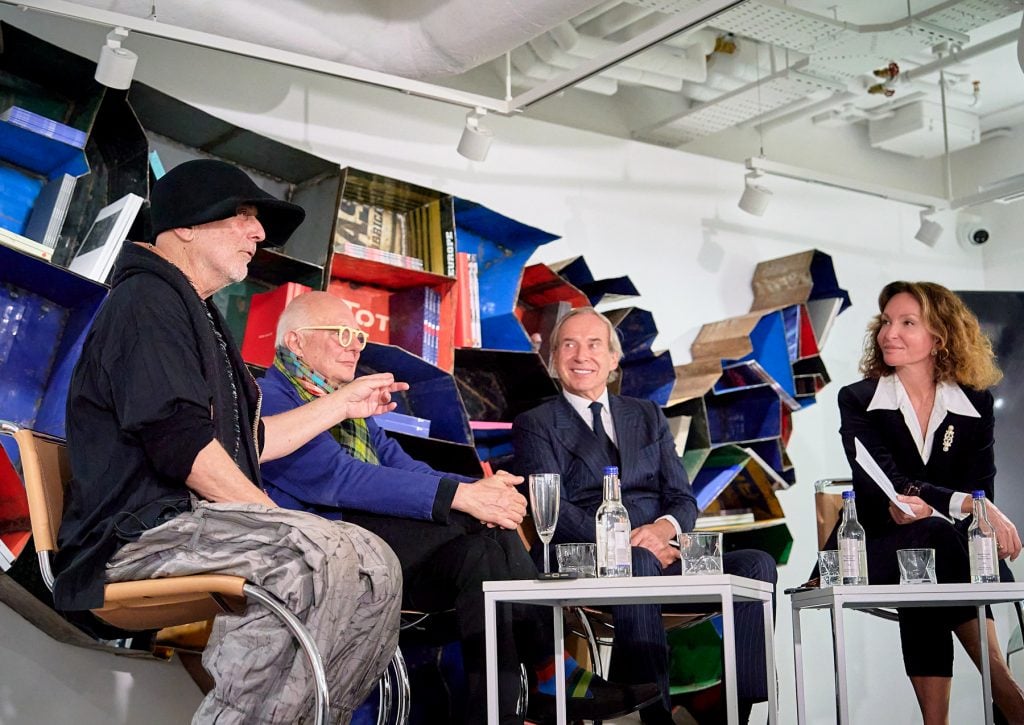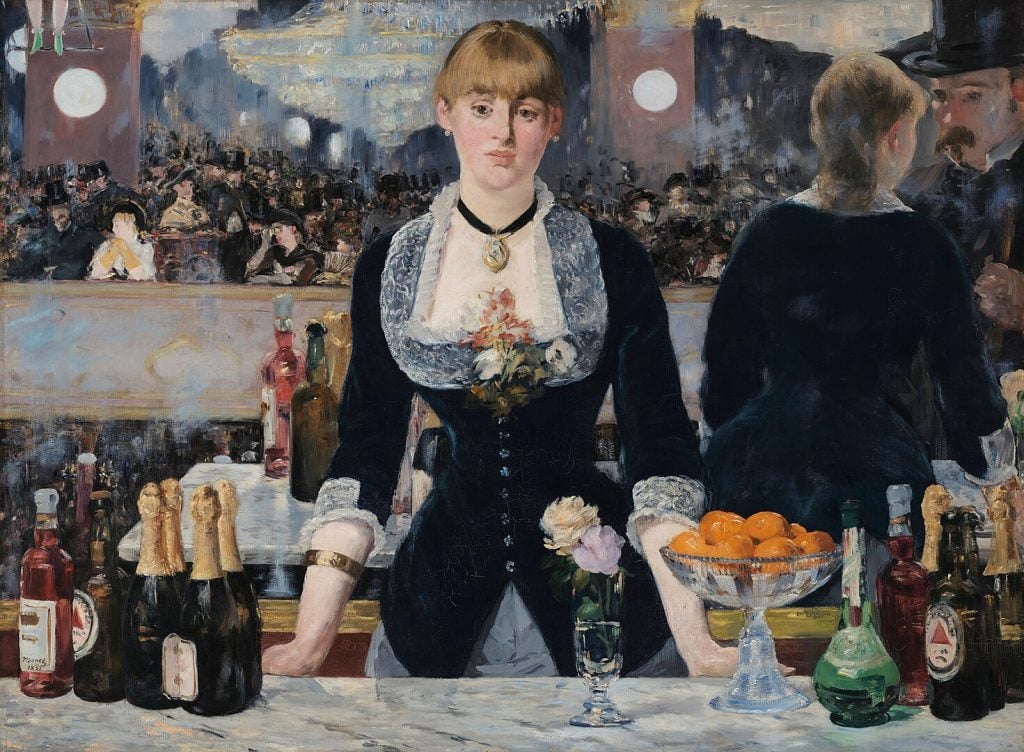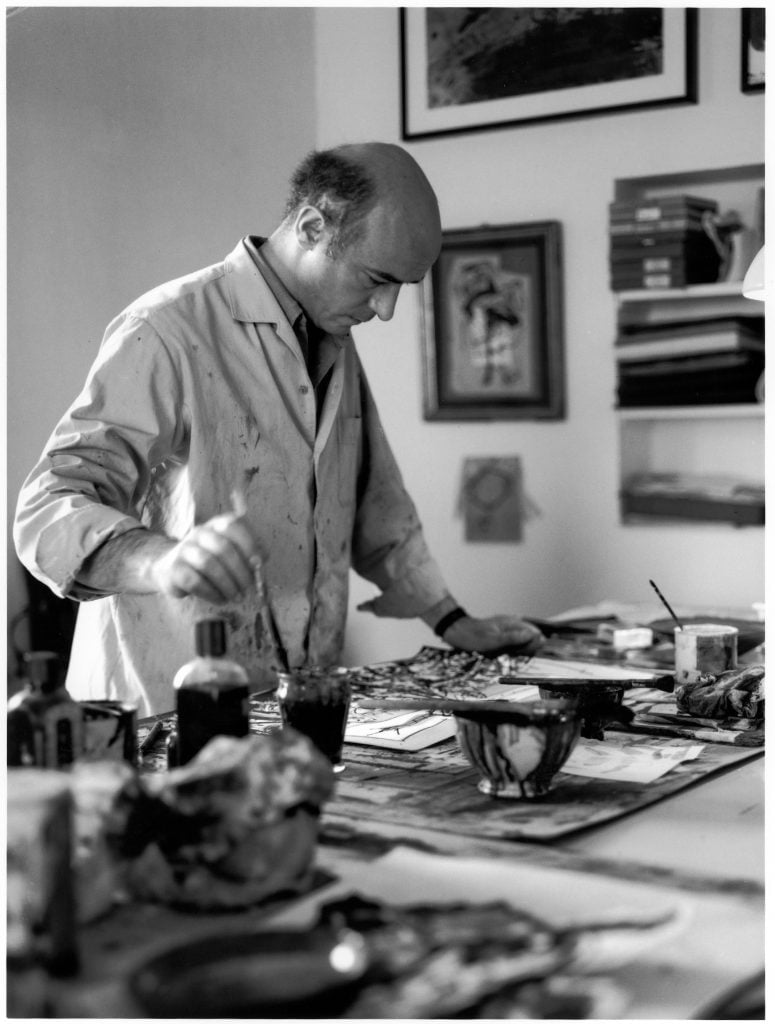Valuations
Opera Gallery’s New CEO on How a Manet Classic Changed Her
Isabelle de La Bruyère comes to her new position with 30 years of experience, including a long tenure at Christie's.

Isabelle de La Bruyère comes to her new position with 30 years of experience, including a long tenure at Christie's.

Katie White

Isabelle de La Bruyère has learned a few life lessons in her 30-year career in the art world, including trusting her instincts when it comes to collecting.
Bruyère earned a name for herself in some of the industry’s heavyweight institutions. She got her start at Christie’s in 1998, rising through the auction house’s ranks to become the head of Christie’s client advisory as well as the international senior director for the chairman’s office across Europe, Middle East, and Africa.
Now based in London, Bruyère was recently appointed CEO of Opera Gallery Group, 16 galleries in locations around the world. This position marks a new milestone for Opera Gallery Group, which has been steadily expanding under the leadership of founder Gilles Dyan for the past three decades. Here, Bruyère is tasked with overseeing the group’s global operations and strengthening the Group’s markets and influence.
Despite her eye for strategy, Bruyère remains an art lover at heart, formed by her deep encounters with masterpieces from Manet’s A Bar at the Folies-Bergère to the unsung work of Spanish artist Antonio Saura.
Recently we sat down with Bruyère to find out how she fell in love with art and the little life moments she treasures most.

Three Days in Dakar: A panel discussion featuring (L-R) Ron Arad, Rolf Sachs, Simon de Pury, moderated by Isabelle de la Bruyére on January 24, 2024 at Opera Gallery London. Photograph by Josh Caius Photography
What is the last thing that you splurged on?
An Ed Ruscha work on paper. His recent retrospective at MoMA was astonishing, and he is one of my favorite postwar American artists.
What is something that you’re saving up for?
Love Song (the wall piece) and a Big Easy chair, both by Ron Arad at Opera Gallery London. We recently presented a new body of work that Ron created in collaboration with artisans from Dakar. There is a new iteration of his iconic Big Easy chair that was constructed using recycled oil drums. I love Ron’s work because he so cleverly blurs the boundaries between art, design and architecture, and challenges the notions of how he is categorized. I also admire Ron’s seemingly boundless curiosity and how that plays into his worldview and studio practice.
What makes you feel like a million bucks?
The simple act of remaining curious. I’ve found that curiosity has enabled me more than anything else to learn, grow, and feel fulfilled in life and work. Surmounting obstacles and getting results, whatever they may be, also makes me feel great.
What do you think is your greatest asset?
My determination.
What do you most value in a work of art?
The way it makes me feel. I remember the first time I saw A Bar at the Folies-Bergère by Édouard Manet at the Courtauld. I was blown away by the anguish and emotion that I felt from the central figure. This particular piece was so poignant to me that I even wrote my thesis on it in college.

Édouard Manet, A Bar at the Folies Bergère (1882). Collection of the Courtauld Gallery.
Who is an emerging artist worthy of everyone’s attention?
I love the work of Ghanaian painter Adjei Tawiah. Opera Gallery New York mounted a solo show of Adjei’s work last year and the way in which his personal experience with grief is imbued in his paintings is really moving. I am also fascinated by the Spanish artist Pejac. He began as a street artist, creating fun and imaginative trompe l’oeil outdoor murals that are both clever and provocative. He has done a four-mural project entitled Strength in Santander’s University Hospital Marques de Valdecilla, which truly moved me upon seeing it in person. These were created as a gesture of gratitude to the health workers in Valdecilla, and Caress is particularly moving as it visualizes the distancing yet togetherness between patients and health workers during the pandemic.
What, in your estimation, is the most overrated thing in the art world?
Buying with your ears, rather than your eyes. I think it’s important to trust your instincts and pay attention to how a piece makes you feel.
What is your most treasured possession?
A priceless and intangible possession is time spent with my son.
What’s been your best investment?
My friendships. Life truly is all about relationships and I have my friends to thank for being constant sources of wisdom, sound advice, and good humor. I recently moderated a panel at Opera Gallery London that featured Simon de Pury, Rolf Sachs, and the artist Ron Arad. Hearing Simon, Rolf, and Ron speak about the decades that they’ve known each other was testament to this sentiment too, and I found it fascinating hearing about the ways in which their collective friendship has been a source of creative inspiration.

Antonio Saura photographed in his studio in Cuenca, Spain in 1971. Photograph © Jaume Blassi
Who is an overlooked artist who hasn’t yet gotten their due?
Antonio Saura, a postwar painter who emerged from Spain in the 1950s. Saura was influenced by the Surrealists and associated with the El Paso group, which mirrored the movements of Abstract Expressionism in New York and Art Informel in France, respectively. Another artist I think is overlooked is Jean Fautrier, a French painter, illustrator, and sculptor associated with the Art Informel movement and a master of Tachisme. Fautrier’s work so poignantly tells a story about the zeitgeist of the Second World War through these incredibly riveting, sometimes devastating abstract paintings. It takes a true level of mastery to communicate so effectively through the mode of abstraction. Similarly to Saura, his work conveyed the processing of pain in such a singular way. Both Saura and Faurtier demonstrated such a keen and intricate understanding of the full range of human emotion, and I think it’s that fearlessness and honesty that makes me appreciate the work of both artists so much.
What is something small that means the world to you?
My son’s smile and one ring that holds particular sentimental value.
What’s not worth the hype?
Trends. The world moves so fast today, and trends seem to move in and out of style more quickly than ever. When I’m advising collectors, I always tell them to avoid trends and instead rely on their instincts about what moves them intellectually and emotionally.
What do you believe is a worthy cause?
Anything to do with children. They are our future and I believe we have a collective responsibility to protect them.
What do you aspire to?
To be the best version of myself in every way.